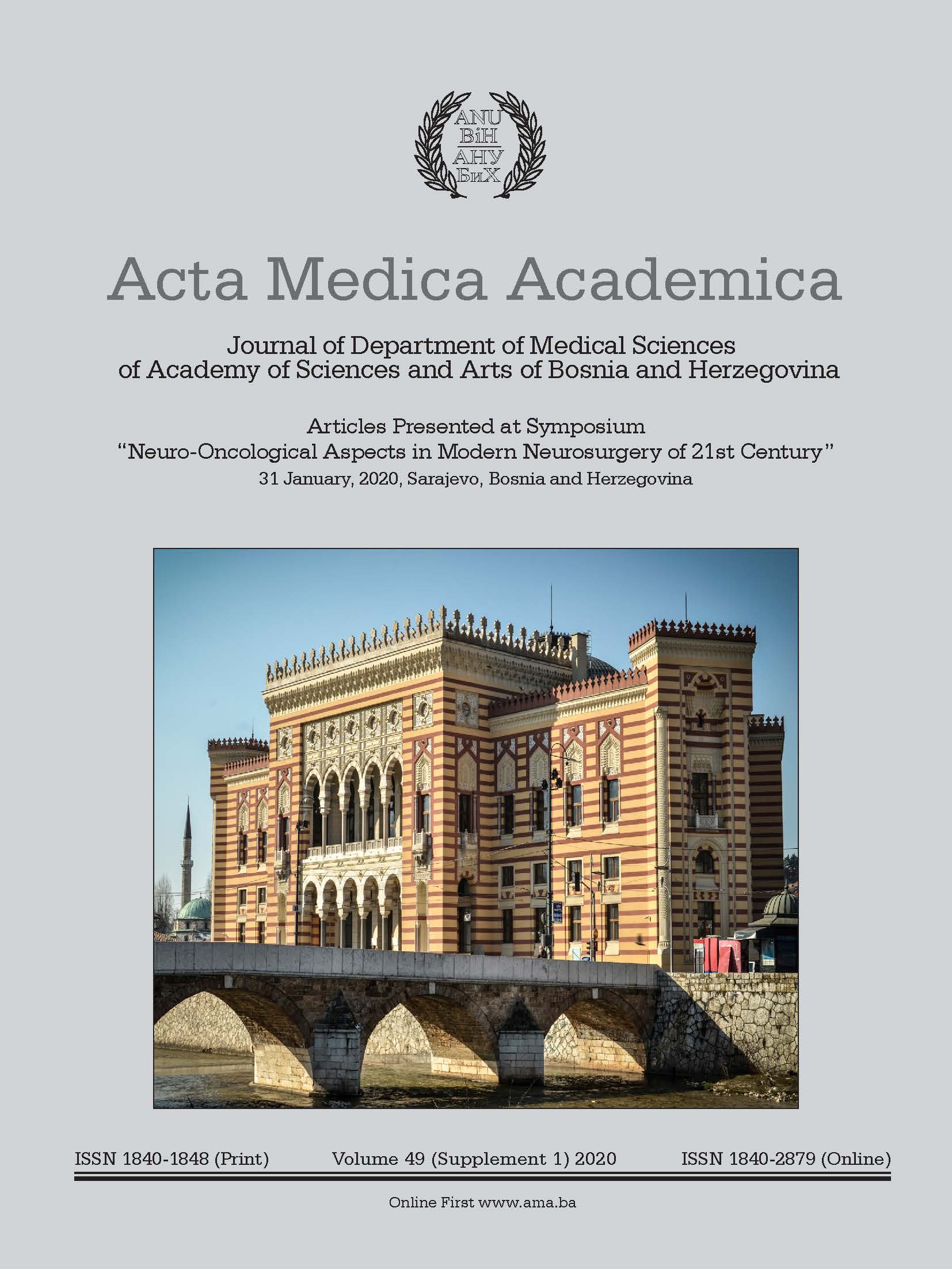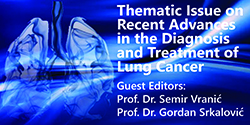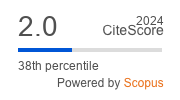Endoscopic Endonasal Approaches to the Clival Region
DOI:
https://doi.org/10.5644/ama2006-124.306Keywords:
Endoscopic Endonasal Approach, Clival Region, Operational Technique, Complications, Differential Diagnosis of Clival PathologyAbstract
Objective. Our main objectives were to analyze and determine the safety, risk of post-operative complications, and surgical outcome of the endoscopic endonasal approach to the clival region.
Methods. From May 2011 to May 2019, we operated on 19 patients using the endoscopic endonasal approach to the clival region. Their pathologies were diverse: pituitary macroadenoma, craniopharyngioma, metastasis, and a prepontine neurenteric cyst. The first operations were supervised by an experienced center using telementoring. We explained our surgical technique and analyzed the patients’ data, which were included in our study.
Results. We managed to achieve complete removal of the pathological process in 14 patients. There were no deaths in the perioperative and early post-operative period. The most common complication was a cerebrospinal fluid leak, which was successfully managed in all of the cases. There were no deaths or significant morbidities in the post-operative period.
Conclusion. An endoscopic transnasal approach to the clival region is safe and effective. It provides better visualization of that region compared to other transcranial approaches. The risk of post-operative complications is significantly lower with the help of modern reconstructive techniques. CSF leak is the most frequent complication.
Downloads
Published
Issue
Section
License
Copyright (c) 2021 Janez Ravnik, Borut Hribernik, Boštjan Lanišnik

This work is licensed under a Creative Commons Attribution-NonCommercial 4.0 International License.






